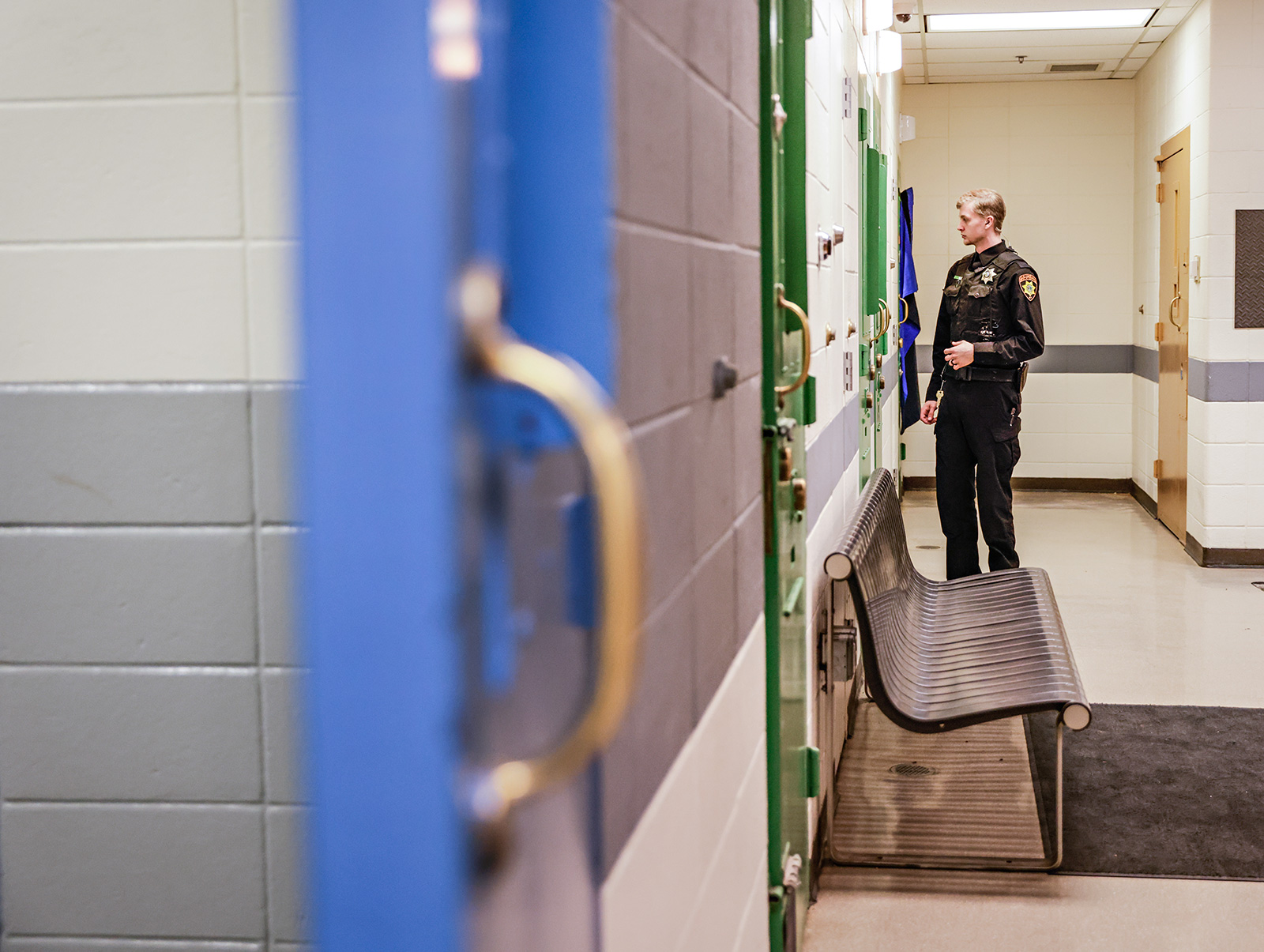Flathead County Reviews Jail Expansion Options and Alternatives
Commissioners on Dec. 19 met with consultants to review new jail design, capacity projections and alternative housing solutions for offenders
By Maggie Dresser
County officials at a Dec. 19 commissioner meeting reviewed design options to expand the Flathead County Detention Center while consultants outlined forecasts and potential alternative solutions for housing inmates and offenders.
The meeting marked the first workshop of several forums slated to continue through April, when officials plan to develop a final presentation for the jail expansion. The meetings will address projected occupancy numbers, a logical design and the final budget, along with input from the Flathead County Sheriff’s Office. The current jail is forecast to reach capacity in the coming years.
The project team includes Jacob Augenstein of the Helena-based Slate Architecture; Teri Martin with Law and Policy Associates; and Rich Siddons with RS Security.
According to a study assessing the Flathead County Detention Facility’s existing capacity, the current operational capacity is 98 beds. Facility limitations include kitchen capacity, mental health care, a staff intensive design and programs.
Architects have designed two options for the jail, both of which would expand the operational capacity to 136 beds.
The first option would be 61,387 total gross square feet and would cost $71 million while the second option would be 85,200 total gross square feet and would cost $99 million.
According to Martin, a public policy analyst with more than 30 years of experience in jail population consulting, bookings peaked in 2019 and the average length of stay in the jail peaked in 2015.
“When you have constant ADP (average daily population) capacity – when the bookings rise – notice the average length of stay has to go down,” Martin said.
During interviews with county officials, Martin found that top concerns included the current facility’s design, limited capacity and staff shortages within the jail. Other concerns were the rise in meth use, fentanyl overdoses and homicides. However, according to state data that Martin reviewed, she said general overall crime rates decreased between 2010 and 2020.
“The trend is down everywhere,” Martin said. “There may be a pop-up, but both violent and property crimes are going down.”
Data also showed that methamphetamine seizures have decreased after peaking in 2019 while opioids have dipped slightly since 2020.
In addition to presenting data to commissioners, Martin suggested alternative ways to reduce the use of jail space for some types of offenders and pointed to the county’s lack of behavioral health and drug treatment court services.
Martin suggested implementing a Department of Corrections pre-release center in Flathead County, which is the only micropolitan county without one, but she acknowledged facilities are difficult to operate and communities are often not receptive to them.
“Pre-release centers offer a place for people to go when they are coming out of prison,” Martin said. “They get jobs and are reconnected to their families – I know some go to pre-release centers in other counties.”
Martin also suggested establishing a drug treatment court – a program designed to break the cycle of addiction that functions within a court structure.
“Judges support treatment, and the state has money for it,” Martin said.
“These options that are not jails do hold offenders accountable,” Martin added. “In fact, treatment courts are some of the most intensive involvements that people who have been convicted of crimes can have … You want to enhance public safety and you want to break the cycles of addiction and recidivism by getting folks involved in treatment that might actually work over time.”
Meetings will continue Jan. 16, 2023.